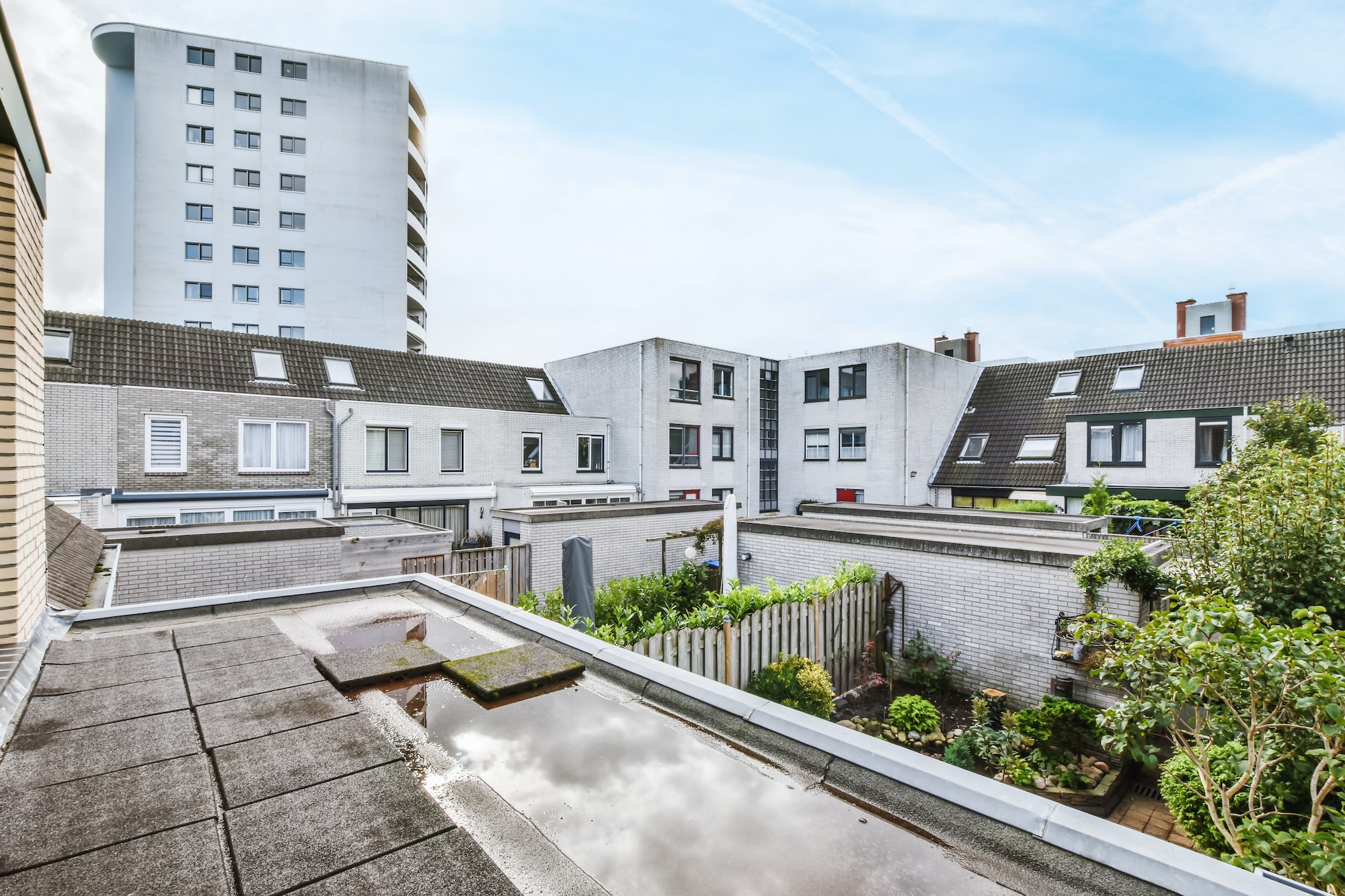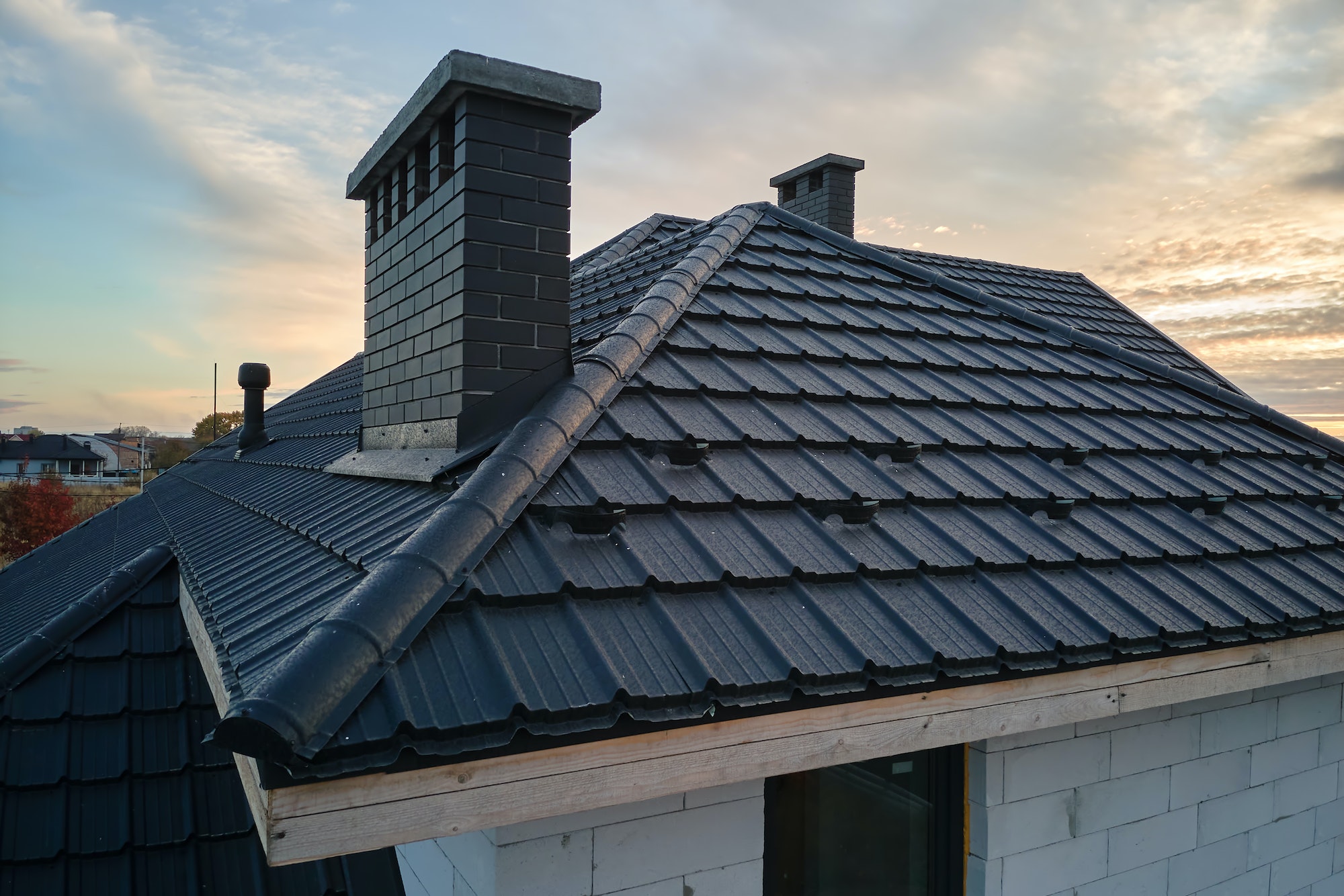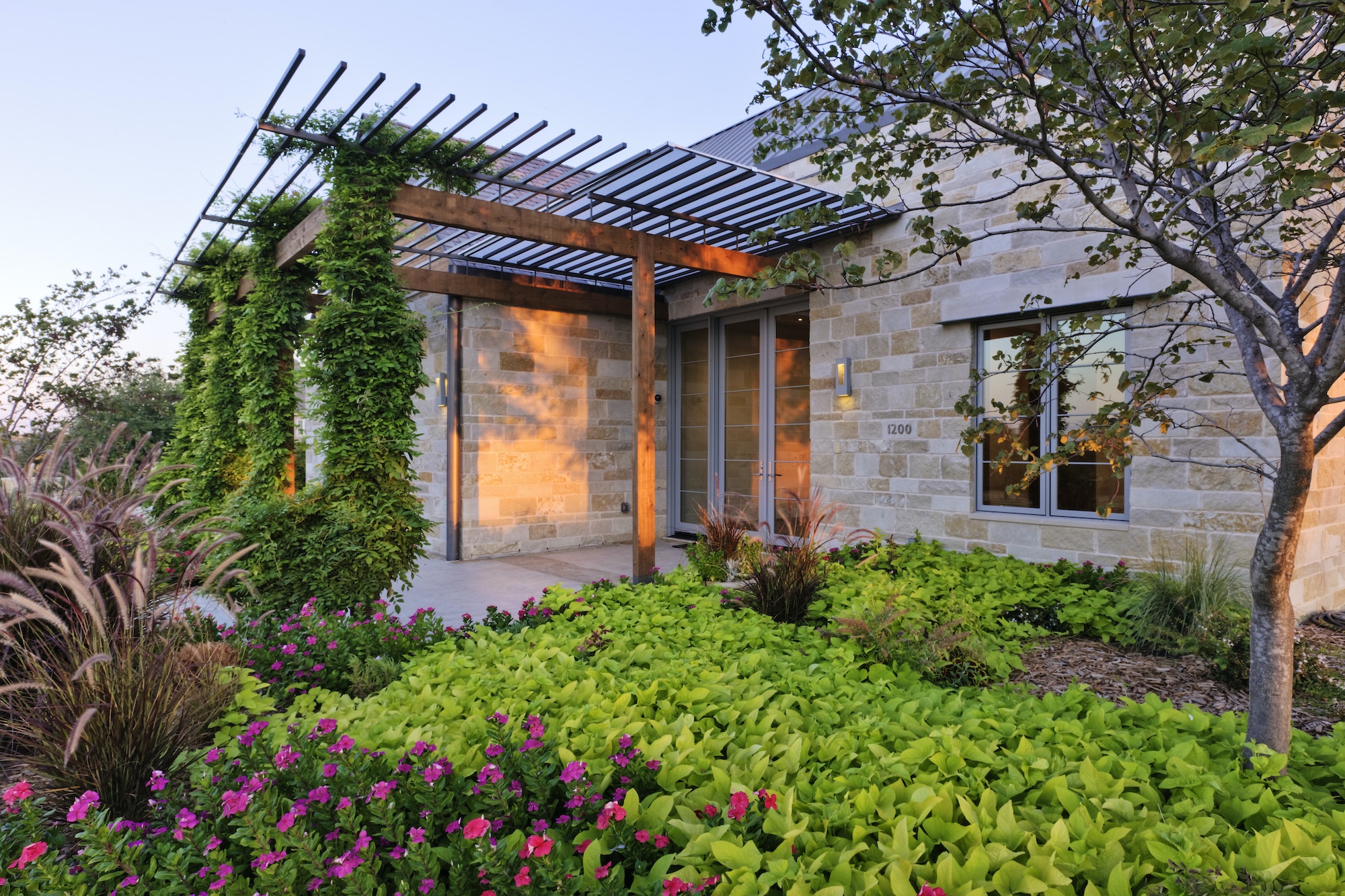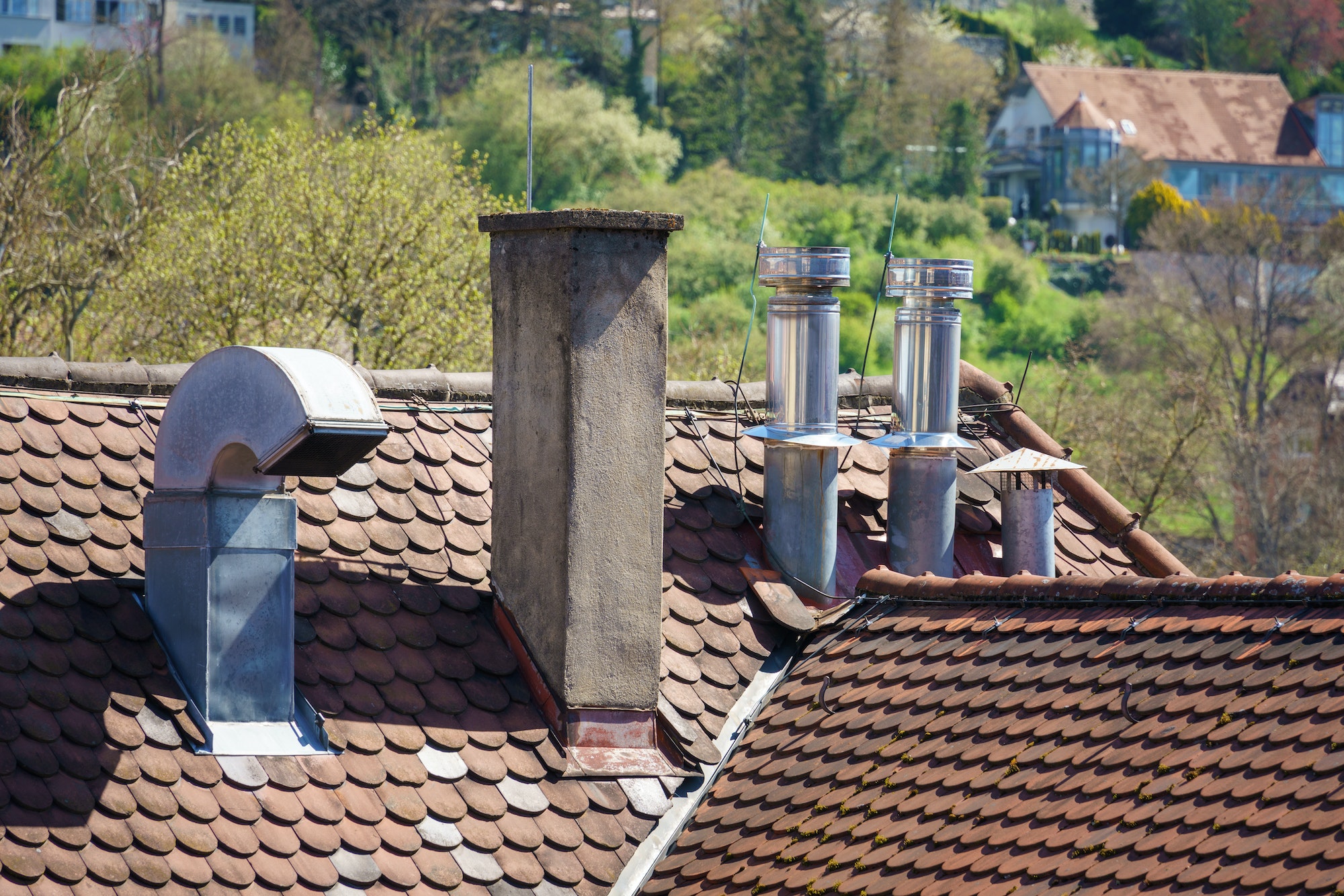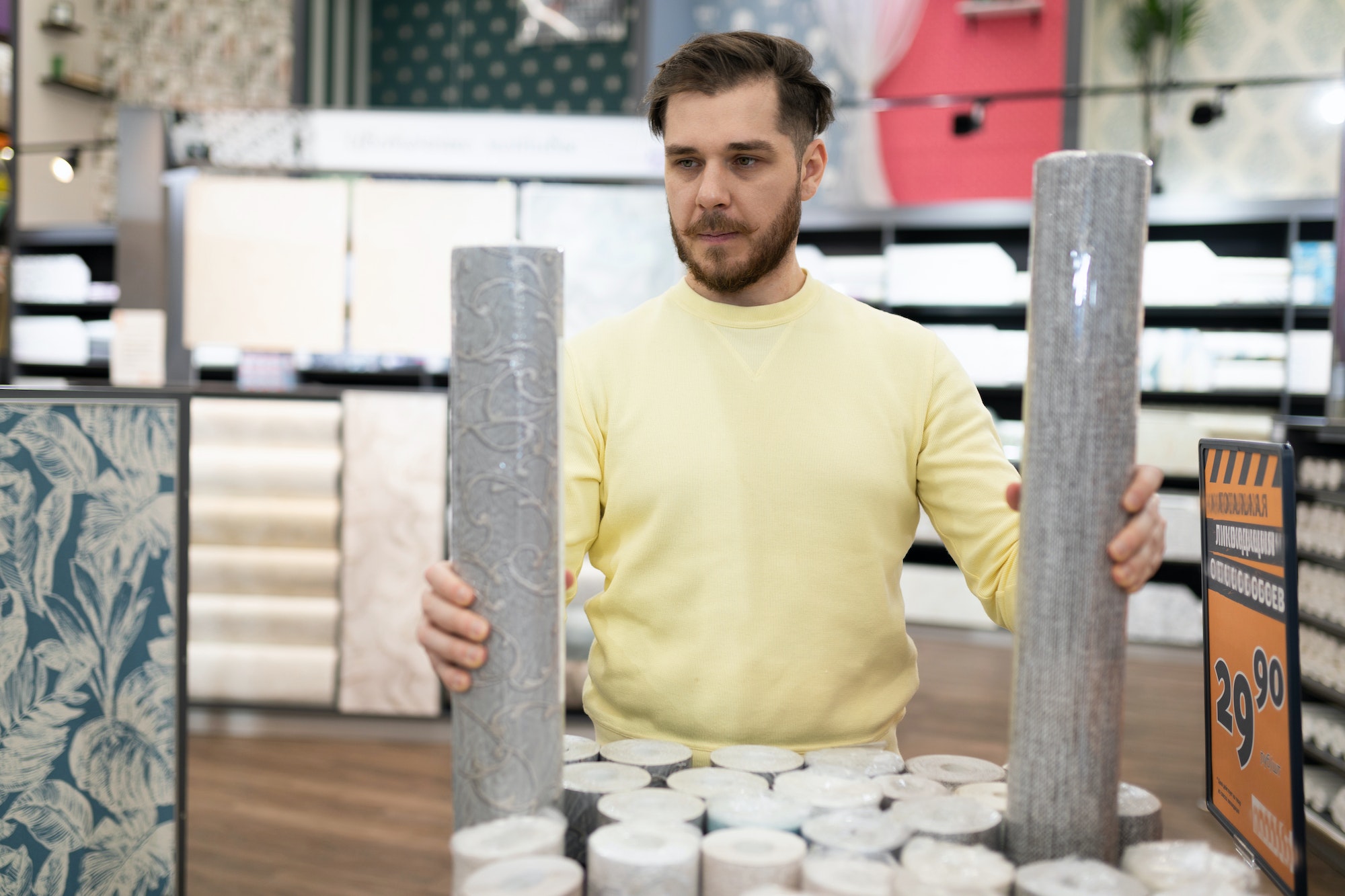Efficient and Cost-Effective Flat Roof Solutions for Commercial Buildings
"*" indicates required fields
Introduction
Commercial buildings frequently have flat roofs because of their usefulness, affordability, and adaptability. However, they also come with unique challenges and require specialized solutions to ensure optimal performance and longevity. In this article, we will explore efficient and cost-effective flat roof solutions specifically tailored for commercial buildings. From modern materials to innovative technologies, we will delve into the world of flat roof solutions designed to enhance durability, energy efficiency, and overall functionality.
Understanding the Benefits of Flat Roof Solutions
Space Utilization
One of the primary advantages of flat roof solutions for commercial buildings is the utilization of additional space. The flat surface allows for the installation of rooftop equipment, such as HVAC systems, solar panels, or satellite dishes, without taking up valuable interior space. This additional usable area can contribute to increased productivity and efficiency for businesses.
Cost-Effectiveness
Flat roofs are generally more cost-effective to construct and maintain compared to pitched roofs. The simplicity of the design and the reduced amount of materials required contribute to lower installation costs. Additionally, routine maintenance and inspections are typically easier and more affordable due to easy access to the roof surface.
Flexibility in Design
Flat roofs offer design flexibility, allowing for various architectural possibilities. They provide a clean and modern aesthetic that can complement the overall design of commercial buildings. Additionally, the ability to incorporate rooftop gardens or outdoor recreational spaces can contribute to a more enjoyable work environment.
Common Flat Roofing Materials
Built-Up Roofing (BUR)
Built-Up Roofing, commonly known as BUR, is a traditional flat roof solution that has stood the test of time. It consists of multiple layers of asphalt and felts, often reinforced with fiberglass or other materials. BUR provides excellent waterproofing and durability, making it a reliable choice for commercial buildings. Additionally, it offers insulation properties and can withstand foot traffic, making maintenance tasks easier.
Modified Bitumen
Modified bitumen is a modern flat roofing material that combines the durability of BUR with the ease of installation of a single-ply system. It is composed of reinforced asphalt sheets, typically with a factory-applied mineral or granule surface. Modified bitumen membranes offer enhanced UV resistance, flexibility, and long-term performance. They are available in various application methods, including torch-applied, self-adhered, and cold-applied, providing options for different installation requirements.
Thermoplastic Olefin (TPO)
TPO roofing membranes have been more well-liked in recent years thanks to their durability and effectiveness. Made from a blend of polymer materials, TPO membranes provide excellent heat-reflective properties, reducing cooling costs for commercial buildings. They are lightweight, resistant to UV radiation, and offer strong seams and watertight performance. TPO membranes are available in a range of colors, providing design flexibility for architects and building owners.
Ethylene Propylene Diene Monomer (EPDM)
EPDM is a synthetic rubber membrane widely used in flat roof applications. It offers exceptional weather resistance, durability, and longevity. EPDM roofs can withstand extreme temperatures, UV exposure, and thermal cycling without significant degradation. The material is lightweight and flexible, allowing for easy installation and repair. EPDM roofs also offer excellent resistance to ozone and chemicals, making them suitable for various commercial settings.
PVC Roofing
PVC (Polyvinyl Chloride) roofing membranes are renowned for their durability, chemical resistance, and long-term performance. They provide excellent protection against weather elements, including UV radiation, fire, and moisture. PVC roofs are heat-welded at the seams, creating a seamless and watertight surface. They offer energy efficiency benefits, as the material has inherent reflectivity properties. PVC roofing is available in different thicknesses and colors to suit various commercial building needs.
Innovative Flat Roof Solutions
Green Roof Systems
Green roof systems, also known as vegetative roofs, are gaining popularity in commercial buildings due to their environmental benefits and aesthetic appeal. These systems involve the installation of vegetation and plantings on the flat roof surface, providing insulation, stormwater management, and improved air quality. Green roofs can improve energy efficiency, lessen the impact of the urban heat island, and give building inhabitants comfortable outdoor places.
Cool Roof Coatings
Cool roof coatings offer a cost-effective solution for improving the energy efficiency of commercial buildings with flat roofs. These reflective coatings are applied directly to the roof surface, reducing heat absorption and lowering cooling costs. By shielding the roof from UV rays and limiting thermal expansion and contraction, cool roof coatings can increase the lifespan of the structure. They are available in various formulations, including acrylic, silicone, and elastomeric coatings, catering to different climate conditions and building requirements.
Photovoltaic (PV) Systems
Incorporating photovoltaic systems, also known as solar panels, on flat roofs provides a sustainable and energy-efficient solution. Solar panels use sunlight to generate electricity, reducing reliance on the grid and bringing down energy prices. Flat roofs are ideal for solar panel installations due to their unobstructed exposure to sunlight. Commercial buildings can benefit from renewable energy generation while offsetting their carbon footprint.
Roof Monitoring and Maintenance Technologies
Advancements in technology have introduced innovative solutions for monitoring and maintaining flat roofs. Remote monitoring systems equipped with sensors can detect leaks, temperature changes, or other anomalies in real time, allowing for proactive maintenance and minimizing potential damage. Additionally, drone technology enables efficient roof inspections by capturing high-resolution images and videos, providing valuable insights without the need for manual inspections.
Conclusion
Flat roof solutions for commercial buildings offer numerous benefits, including space utilization, cost-effectiveness, and design flexibility. By understanding the advantages of different flat roofing materials and exploring innovative solutions, building owners can make informed decisions that align with their needs, budget, and sustainability goals. Whether opting for traditional built-up roofing, modern membranes like TPO or PVC, or incorporating green roof systems or solar panels, efficient and cost-effective flat roof solutions are available to enhance the functionality and performance of commercial buildings.
Investing in professional flat roof solutions ensures that commercial buildings are equipped with durable, energy-efficient, and long-lasting roofing systems. The expertise of roofing contractors, coupled with the selection of high-quality materials and innovative technologies, contributes to the success of flat roof installations.
Visit our website 180remodel.com to learn more.
"*" indicates required fields

